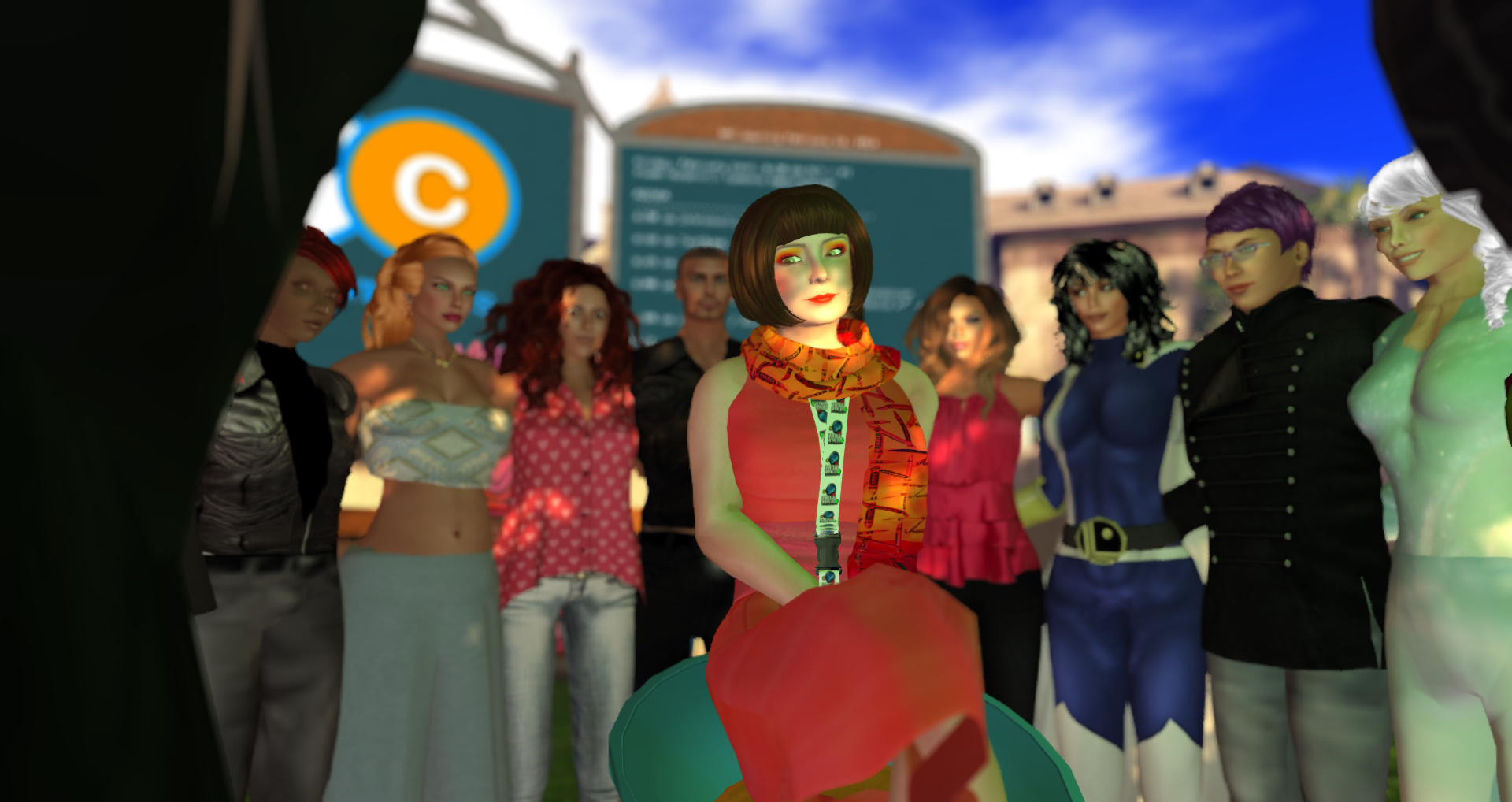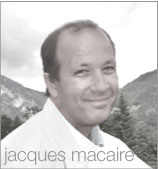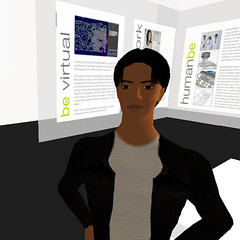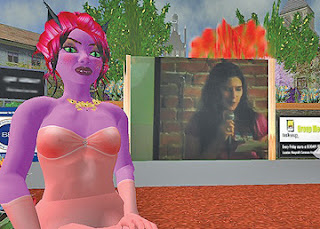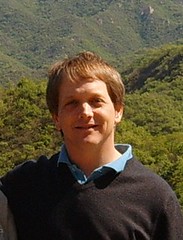

1. Your rl/sl name and affiliation:
Kyle Reis/Zazoom Zimminy, Board Co-Chair of the Grants Managers Network (GMN) and Assistant Manager, Program Staff Development at the Ford Foundation
2. How did you get involved in the NP Commons? Why?
I think I heard about it through the Technology Affinity Group. GMN was (and still is) looking for a replacement for its online knowledge community and this seemed like one possibility. Once I learnt about NPC and got involved, I was hooked. It is such a great community and the possibilities for the nonprofit and philanthropic sectors are numerous.
3. Is your work here in Second Life as an individual or are you representing the foundation?
I’m principally representing the GMN as we are on the waiting list for an office, though I’m interested as an individual and as a representative of my foundation as well. I’m curious on behalf of my foundation because I think there are many practical applications for our foundation and for the philanthropic sector generally in SL.
4. Some people say that the networking opportunities – professional networking opportunities here in SL have been extraordinary. Do you think so? If so, what advice would you give for effective professional networking in SL?
The networking has been great, in large part because the Nonprofit Commons (NPC) has attracted such a great community. But I would spin the networking aspect a bit differently in that I’ve principally met people I would normally never have met were it not for bumping into them (sometimes literally) in NPC. The power of this type of networking is that it is has exposed me to people, ideas and communities that differ from the ones I’m normally exposed to, and this has allowed me to think about my work differently and to integrate these unique perspectives into my work for both Ford and GMN. To use a relevant example, Dick Dillon (Coughran Mayo), recently shared with me a chapter of a book by Lynda Gratton called Hot Spots which addresses just this topic. It says, and I quote: “Innovative value is created through novel combinations of the ideas, knowledge, and insights of people [and when] people exploit their shared expertise within their group or explore ideas, knowledge, and insights with people outside their group.” The greatest ideas often emerge when a person reaches across the disciplinary spectrum and sees possibilities that she could or would never have seen had she not crossed the proverbial aisle.
5. Why do you think virtual worlds like Second Life are valuable for nonprofits?
Probably the biggest value is with respect to communications. SL enables people from all over the world to convene in an environment that breaks down the fourth wall, which in this case is the enabling technology itself. Videoconferencing, for instance, has come a long way but everyone is ‘aware’ of the TV screens or the phones being used to bring people together. A colleague, for instance, recently commented how she hates teleconferences because everyone in the room stares at the phone during the call. By contrast, in SL, once you settle in, you really feel as if you are in the room with folks-even when they are “dressed” as pink cats, have wings and white mohawks, or are donning psychedelic sunglasses. The intimacy of the platform is uncanny (which is probably why so much “other” activity is going on in SL as well.)
6. Do you think that every nonprofit should have a presence on SL or is it only appropriate for particular types of nonprofits?
At this point I don’t. The learning curve is too steep and the format is too unstable and the proof that it’s worth the effort is still being proved. If the technical obstacles can be addressed (and I think they will be in due time), then I think most nonprofits and foundations will establish a virtual world presence. I think the “should” will disappear from the equation altogether. The only nonprofits that it won’t be appropriate for will be the ones that don’t now have a website. I don’t know if the final landing point will be in SL or somewhere else, but right now I would put my bet on SL for the nonprofit sector at least. The for profit sector will probably end up somewhere else like There.com or “Virtual Google” (my coinage). I liken the split to the PC vs. Mac dichotomy, where SL is the Apple that gets the 10-15% share of the market and pulls in all the creatives and academics.
Having said that, it’s certainly clear that there are some communities for whom it is critical to establish a presence sooner rather than later. Nonprofits working with far flung communities that need to communicate regularly (to enable a more organic and carbon-footprint-friendly platform for communication), nonprofits working with people with disabilities (to enable interaction with others in a way that might not otherwise be possible), nonprofits working with distance education (to enable richer, more tactile interaction with students), and nonprofits in the arts (to enable folks to virtually create, manipulate and hang out in worlds they would otherwise not be able to). However, the mantra that must guide all nonprofits working in SL (with perhaps the exception of arts) is: “In service to real life”. SL can certainly be a means of withdrawing from the real world, but people who look at SL and summarily arrive at this conclusion are, I believe, doing themselves a disservice.
7. You’re fairly new to SL and there is a learning curve, what advice would you give to make that learning curve easier?
1. Go about naming your avatar as you would go about naming your kids
2. Rely on the kindness of strange avatars
3. Don’t give up if you fall in the pool
4. Think of your engagement as like reaching for the gold ring on the Merry-Go-Round: There is treasure to be found if you just keep at it.
Written by: kanter
